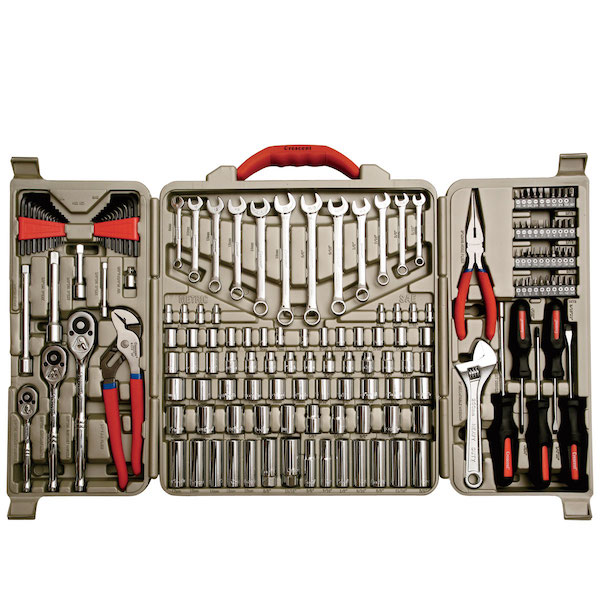A credo! A credo, I say!
Ships Lighting the Path for Each Other by Ricardo Paes
If you’re like me — an overthinker with physical symptoms like neck and shoulder pain, stomachaches, or headaches — you’ve most likely spent years and hundreds of dollars trying to feel better. Perhaps, like me, you’ve approached your doctor, acupuncturist, chiropractor, homeopath, or naturopath appointments with ever-dwindling hope: “This will be the time I start to feel better.”
I wish I could go back in time and tell myself that what I was looking for all along was not a single solution, but a pervasive feeling of control. If only I had known then that nothing from the outside could bestow a sense of control upon me.
"Nothing from the outside could bestow a sense of control upon me." Sound familiar?
In the middle of last year, I was forced to stop looking for my answer from external sources. I was forced to reckon with myself and figure out a new approach.
It started with the realization that my needs were not the same as anyone else’s. I had my own thumbprint of anxiety. As a result, I would need to build my own personal toolkit of tactics to figure out how to feel better.
I wanted a serious toolkit, of course, like this one.
“But you’ve tried to feel better before,” I reasoned with myself. “How can you know what tools should be in your toolkit now?”
That had to change too. To be able to evaluate a tactic, I changed how I approached them. Instead of thinking that the answer would be bestowed upon me from an outside source, I faced reality. The answer I was looking for really was inside of me (and no, I’m not from Kansas, though my husband is).
I needed to learn how to tune in to my physical response to the world and listen to the anxiety-driven cortisol and adrenaline rushes I had always run from. Though I’d spent years thinking about what’s wrong, this was an entirely new process.
Riding the wave.
I learned a new trick I now call riding the wave. The wave is the hormone rush you get when you experience anxiety. Riding it involves accepting that our minds and bodies have information to offer us if we can learn how to listen to them. For me, this was a crucial step. In the past, when a therapist asked “How do you feel?” I had no clue what the answer was. All I felt was pressure to perform. This is the reason I wasn’t diagnosed with anxiety until I was 39 years old and an experienced neurologist spotted the symptoms at a migraine appointment.
I learned that any destressing tactic — even something as simple as going for a walk to distract myself —wouldn’t work unless I was using my own inner compass. I needed to be able to receive basic feedback to know whether the relaxation method I tried was actually working. Since I never knew how to do that in the past, I was always stuck in my head. Closing the feedback loop is what allowed me to finally add tools that actually worked to my own unique toolkit.
So where does the credo come in? Here it is! It’s why I feel The Beautiful Voyager is different than anything else I’ve seen. Why I feel I need to keep creating it. Why I want other ships to join me and light the path:
Beautiful Voyagers help each other.
We believe that lighting the path begins by sharing toolkits, tactics, and tales of the wave.




